Brown Algae is not really algae at all. Some algae or dinoflagellates produce reddish or deep yellow waters.
Embedded Brown Algae Tropical Fish Forums
Brown diatoms are often seen in new aquariums that have just completed their biological cycling process.

Brown algae in new aquarium cycling water. These algae often bloom in new tanks that are still biologically immature cycling and they may also exist in already established saltwater aquariums. Lots of aquarists just do not worry and leave them alone so they just go away on their own. This frequently occurs both in freshwaters as well as saltwater aquariums.
But thats not the only time it pops up Brown algae is a natural part of your ecosystem. What Causes Brown Diatom Algae In An Aquarium. I have a 55 gallon aquarium that i set up approximately 10-12 days ago.
Brown diatom algae can be found in the oceans down to depths of about 600 feet so they wont have any problems finding enough light to multiply in your brightly lit reef tank which may be only 24 inches deep. Hello Ian love the article. Brown diatom algae appear in every saltwater aquarium usually right after the biological cycle is complete.
Should i be doing a water change of any sorts or should i just. Algae Bloom During Aquarium Cycling. They can form very stubborn brown coats on the glass of low-light tanks.
Silicate is the parameter that causes the Diatoms to rear their heads. In most cases Brown Diatom algae are a result of silicates in the water. Algae are usually an unsightly presence on an aquarium but they are not necessarily fatal.
Brown Algae is also a sign that the water chemistry of your aquarium is not in optimal balance. Transparent water with a low accumulation of dissolved materials appears blue. The plants are still busy with the change from their emersed to submersed form and show only restrained growth.
Within your aquarium you will have a high silicate concentration during its early months. During the nitrogen cycle your aquarium is also creating its natural ecological balance in so many other parameters. Diatoms- and thread algae as well as some green algae coats have developed.
This month America turned 240 Posted in Newsletter Tagged. Dissolved organic matter such as humus peat or decaying plant matter can produce a yellow or brown color. Im using the fishless cycle and added a 12tsp of the fritz ammonia 8 days ago and my ammonia reading is still at 4ppm and my PH is about 78both nitrite and nitrate are at 0.
Remove algae from the glass using a scrub pad or algae scraper. Diatoms form brown algae layers that classically appear in a newly set-up tank after about one to three weeks. Here are the simple causes and cures itempropdescription.
The mossy brown stuff that you are worried about is caused by diatoms and is known as Diatomaceous Brown Algae. Brown Algae is a common occurrence in a newly set up aquarium. We have a brand new product that will allow you to make RO water right in your home.
Aquarium plants aquascaping Chantilly DMV Life Fish Store LRS Fish Frenzy Made in the USA neon tetras New life spectrum NOVA Ro buddy Comments Off on Help Your Fish. Brown algae is something that nearly every rookie tank owner has to endure and the problem generally resolves itself within a few months. Only clean a third of the aquarium on each water change and dont change all the filters at once.
There are actually two widespread conditions that are mixed up with the term brown algae. Consider it a rite of passage brown algae often appears when cycling and maturing a new tank. Never use a scrubber that has been used with soap or chemicals.
Water rich in phytoplankton and other algae usually appears green. Diatoms are also called Bacillariophyta. The fish are about to 2 weeks old Im trying to really think about the time frame I want to say Im about 7 weeks in and my salinity is usally around 1023 I try to keep it 10251026 but not sure where it goes in my old aquarium you would see salt build up.
Always leave some of the old medium in place so bacteria is seeded on the replacements. This is normal and is an indication that the Nitrogen Cycle is established. As already described above it is normal for algae to spread during this phase of an aquarium life.
As things develop more and more green thread algae and green coats will come along. Diatoms are a natural organism found in every water source and your aquarium is no different. As ammonia is converted to nitrite and then nitrate algae may begin to grow on the glass and other objects in the aquarium.
Aquariums kept in dark places are also more likely to develop Brown Algae problems because the plants and green algaes that grow in bright light compete for the nutrients diatoms need. So just had the water tested and every is actually really good now. The nano aquarium after ten days.
These algae coat every surface in the tank like the substrate technical equipment plant leaves and the decoration.
New Tank Cycling Brown Algae Recommendations Reef2reef Saltwater And Reef Aquarium Forum
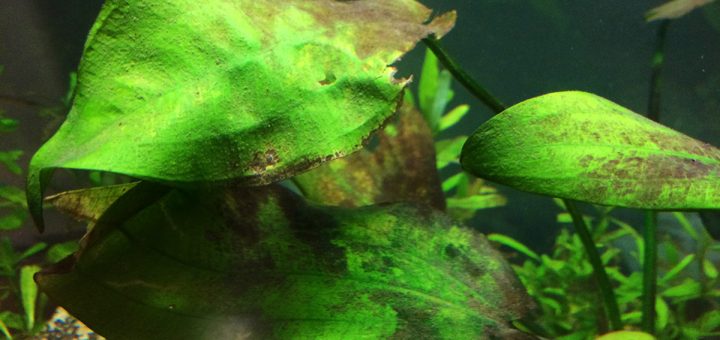 Brown Algae Diatoms In Aquarium How To Identify Remove Prevent
Brown Algae Diatoms In Aquarium How To Identify Remove Prevent
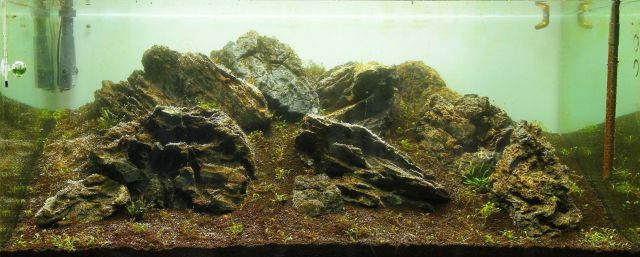
 Brown Algae In Fish Tank How To Get Rid Of It For Good Aquariadise
Brown Algae In Fish Tank How To Get Rid Of It For Good Aquariadise
Brown Algae On My Sand Bed That Always Comes Back After Weekly Maintenance Reef2reef Saltwater And Reef Aquarium Forum
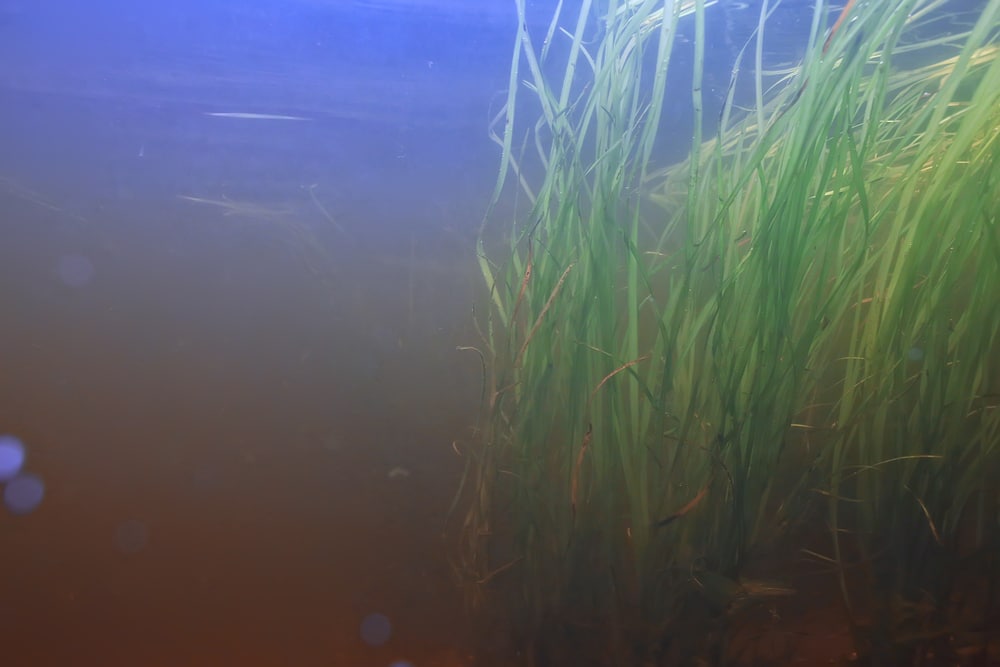 Brown Algae In Fish Tanks How To Get Rid Of It For Good
Brown Algae In Fish Tanks How To Get Rid Of It For Good
 Skip The Ugly Phase Step 2 Of Cycling Your Saltwater Tank With Utilitarian Fish Bacterial Troops Bulk Reef Supply
Skip The Ugly Phase Step 2 Of Cycling Your Saltwater Tank With Utilitarian Fish Bacterial Troops Bulk Reef Supply
Reset Tank Brown Filamentous Algae Outbreak Barr Report Forum Aquarium Plants
 Is This The Beginnings Of Brown Algae In My Cycling Tank Good Sign Bad Sign Other Do I Need To Get Rid Of It Aquariums
Is This The Beginnings Of Brown Algae In My Cycling Tank Good Sign Bad Sign Other Do I Need To Get Rid Of It Aquariums
 Quarantine Tank Brown Algae Issue Reef Central Online Community
Quarantine Tank Brown Algae Issue Reef Central Online Community
 The Fight Against Algae Prevention Of Algae In A Planted Aquarium
The Fight Against Algae Prevention Of Algae In A Planted Aquarium
 How To Get Rid Of Brown Algae Diatom Bloom
How To Get Rid Of Brown Algae Diatom Bloom
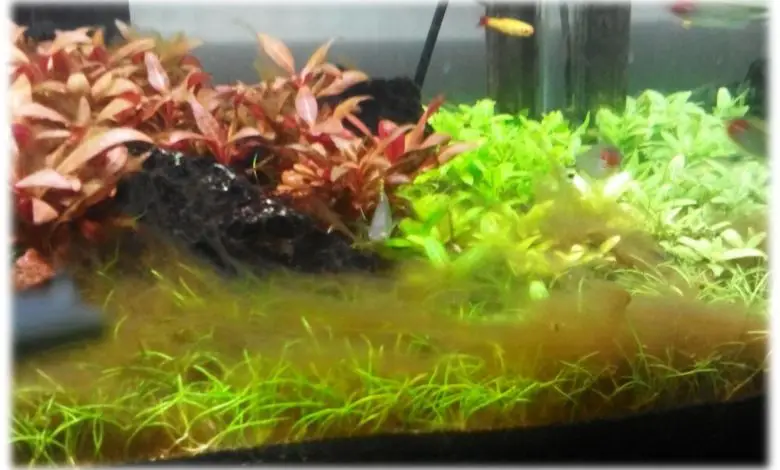 How Do I Stop Brown Algae Growing In My Aquarium 8 Best Methods
How Do I Stop Brown Algae Growing In My Aquarium 8 Best Methods
 Brown Algae The Aquarium Setup Filtration And Maintenance Site
Brown Algae The Aquarium Setup Filtration And Maintenance Site
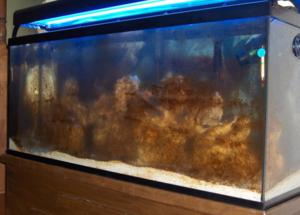 Brown Algae In New Reef Tank Reef2reef Saltwater And Reef Aquarium Forum
Brown Algae In New Reef Tank Reef2reef Saltwater And Reef Aquarium Forum
 Blue Wolf S Howl Brown Algae New Tank Syndrome
Blue Wolf S Howl Brown Algae New Tank Syndrome
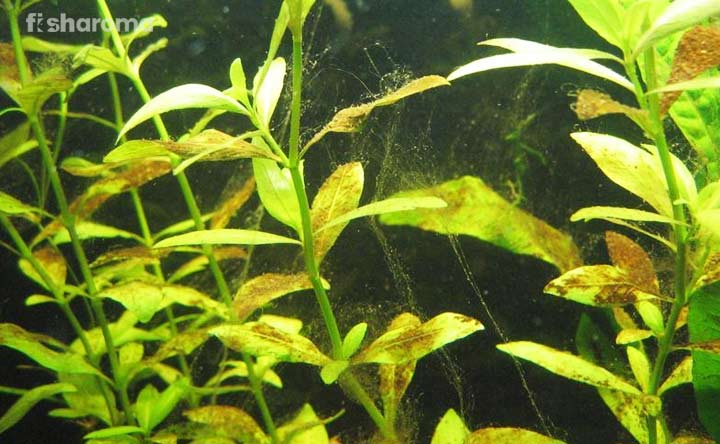 Brown Algae In Aquarium Identification Causes Cure And Preventions
Brown Algae In Aquarium Identification Causes Cure And Preventions

